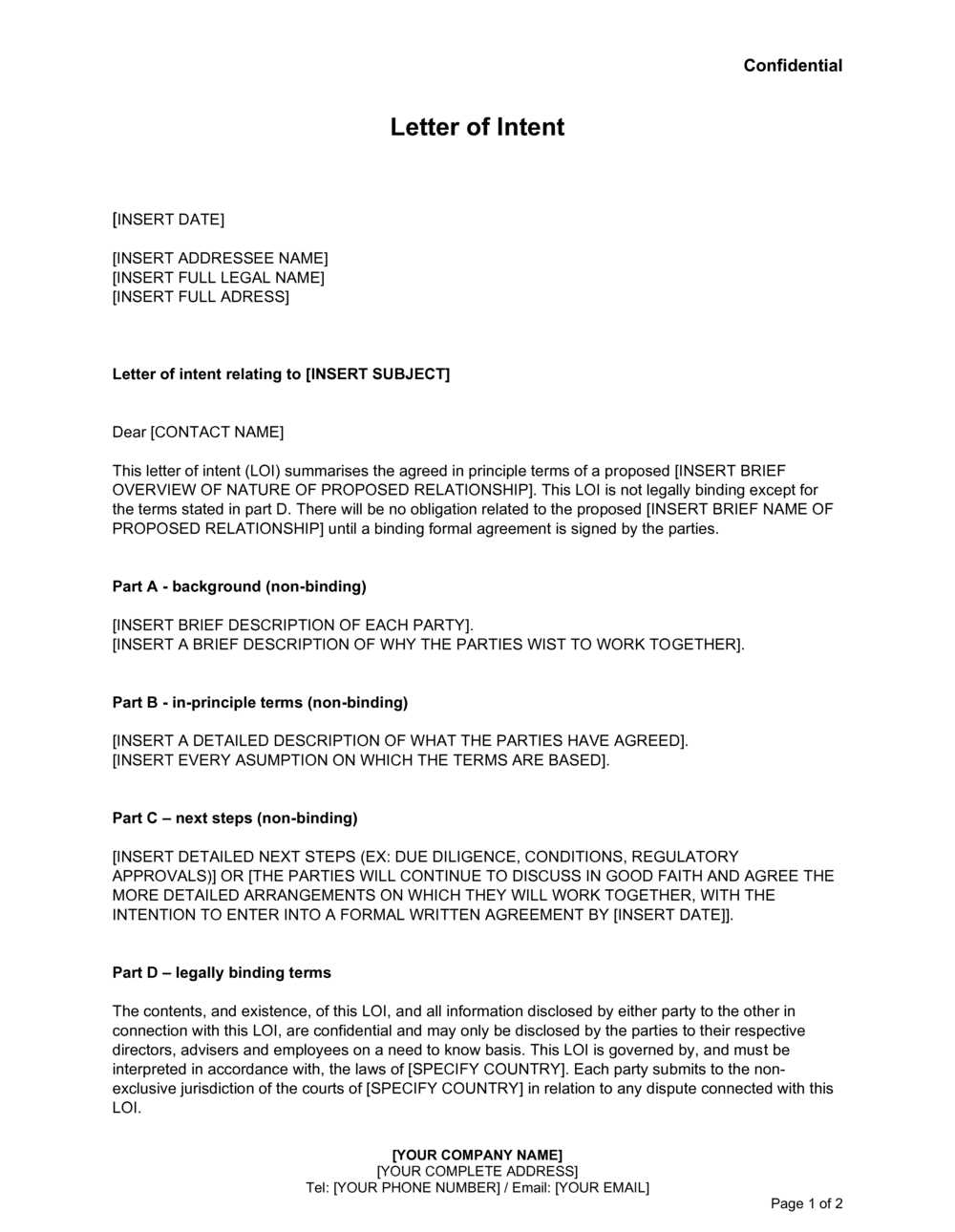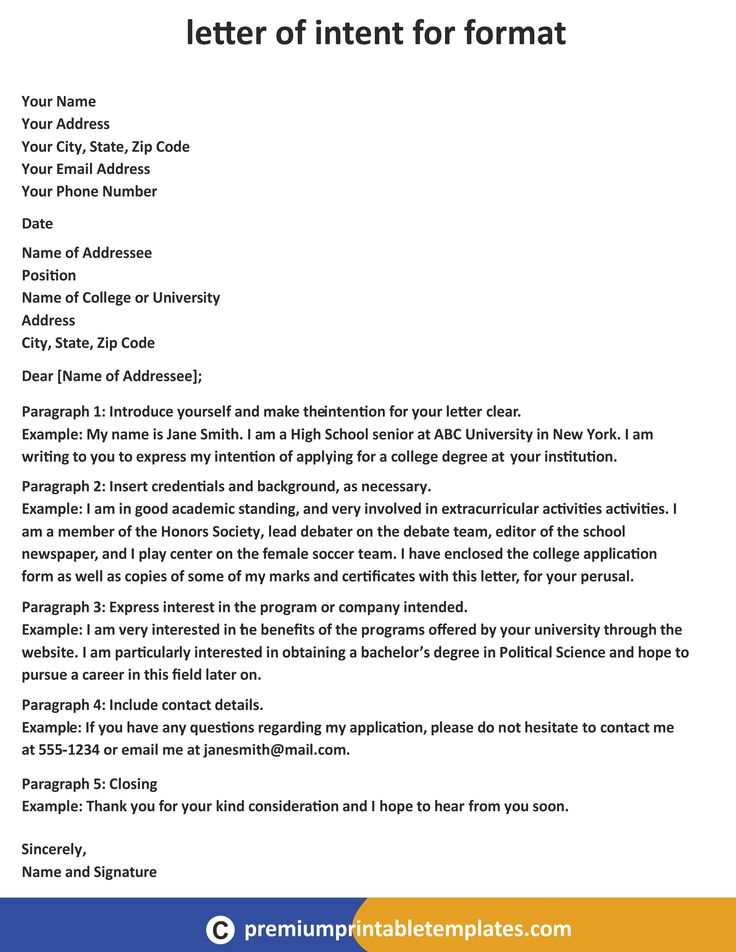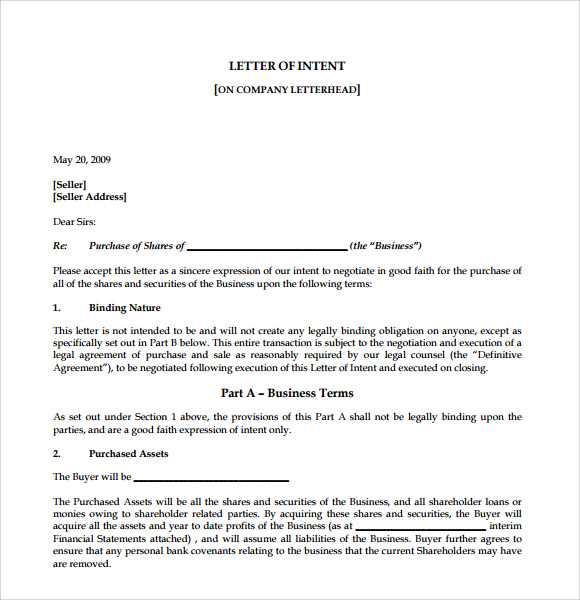Letter of Intent to Evict Template for Landlords

When a landlord needs to inform a tenant about the termination of a lease agreement and request their removal, an official document plays a crucial role in ensuring clear communication. This formal notice helps avoid misunderstandings and lays out the necessary steps both parties must follow. Below are the key components and guidelines for drafting such a notification effectively.
When to Issue a Formal Notification
Understanding the right moment to send this kind of document is essential. It is typically required when a tenant has violated lease terms, failed to pay rent, or when the property owner decides to end the rental relationship for other reasons.
Key Situations for Sending a Notification

- Failure to pay rent on time
- Violation of property rules or conditions
- End of lease agreement period
Important Elements to Include

To ensure the message is clear and legally binding, certain details should be included in the document. The purpose of this notice is to formally request the removal of the occupant from the property within a given timeframe.
Essential Information

- Tenant details: Full name and rental address
- Landlord contact: Clear contact information for follow-up
- Reason for removal: A brief description of the cause
- Timeline: Specific deadline for compliance
Language and Tone
The tone of the notification should be professional and neutral, avoiding unnecessary emotional language. It should outline the legal implications if the tenant does not comply with the request within the given timeframe.
Next Steps After Sending the Notice
Once the document is sent, landlords should be prepared to follow up. If the tenant agrees to vacate, the property owner can proceed with finalizing the departure details. If the tenant does not comply, the next step may involve legal proceedings to enforce the removal.
What to Do if the Tenant Fails to Leave
- Consider filing for eviction with the local court
- Consult a lawyer to explore further legal options
- Ensure compliance with local laws to avoid legal issues
Understanding the Lease Termination Process
The process of ending a rental agreement and requesting a tenant to vacate the premises involves several legal steps. Properly handling this procedure ensures both the property owner and the occupant are aware of their rights and obligations. A well-drafted notice is a vital tool for initiating this process effectively and legally.
When to Send a Notice of Removal
This formal communication is typically issued when certain conditions are met, such as failure to meet rent payments or violations of lease terms. It’s essential to evaluate the situation carefully to ensure the notice is sent at the appropriate time, allowing the tenant enough time to respond or correct the issue.
Key Information to Include in the Notice
A complete and clear notification should include several important details to ensure clarity and legal enforceability. Key elements such as the tenant’s name, reason for the request, and the timeframe for compliance must be included. These components help prevent any confusion or disputes that may arise later.
How to Adapt the Document to Your Needs
Customizing the notice involves adjusting the language and specific details to suit individual situations. Whether it’s altering the timeline or emphasizing a particular issue, making sure the document reflects the exact circumstances will make it more effective in achieving the desired outcome.
Legal Considerations Before Sending
Before dispatching the notice, it’s crucial to review local laws and regulations regarding eviction and lease termination. Understanding the legal requirements helps ensure the process is conducted correctly and can prevent potential legal challenges. Ignoring these factors could lead to unnecessary delays or complications.
Common Mistakes to Avoid
One common mistake is using unclear or vague language in the notice. Ambiguity can create confusion and may lead to disputes. Another error is failing to adhere to local laws regarding the notice period or the information required. Always ensure the notification is clear, professional, and legally sound.
Steps to Take After Sending the Notification
Once the notice is sent, the next steps depend on the tenant’s response. If the tenant complies, finalize any remaining details regarding the move-out process. If the tenant refuses to vacate, legal actions, such as filing for eviction, may be necessary to enforce the removal. Be prepared for these possibilities and ensure all actions comply with local regulations.